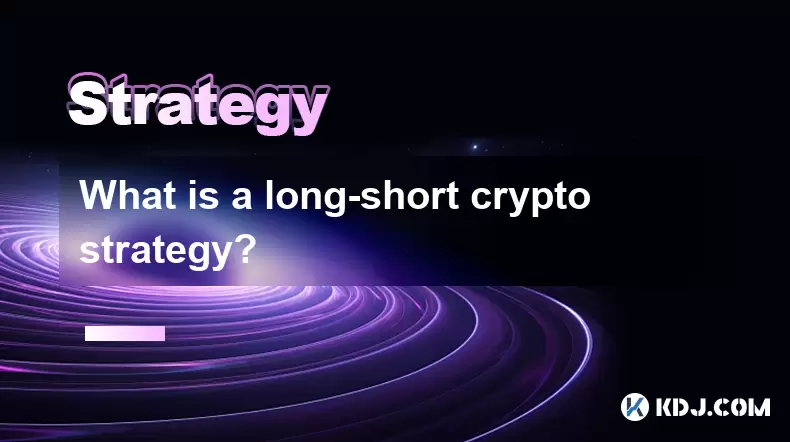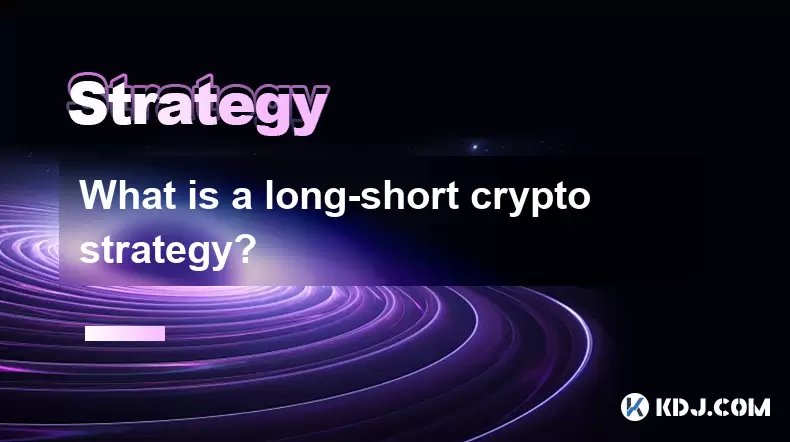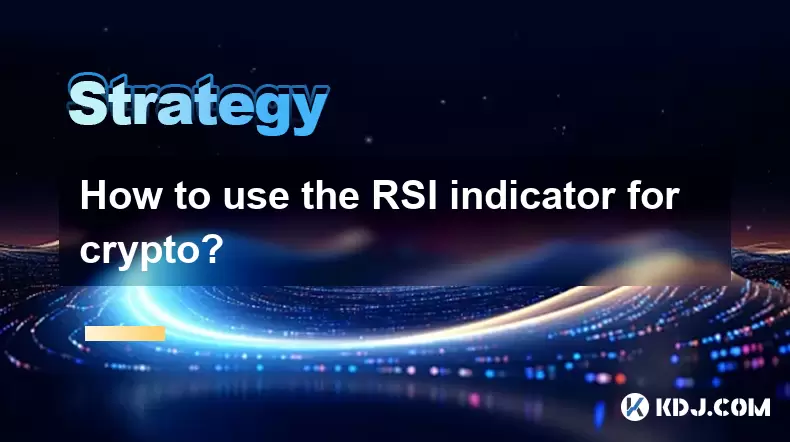-
 Bitcoin
Bitcoin $115700
-2.49% -
 Ethereum
Ethereum $3702
1.66% -
 XRP
XRP $3.127
0.75% -
 Tether USDt
Tether USDt $1.001
-0.01% -
 BNB
BNB $770.3
0.51% -
 Solana
Solana $180.3
-2.87% -
 USDC
USDC $1.000
0.04% -
 Dogecoin
Dogecoin $0.2304
-2.27% -
 TRON
TRON $0.3158
2.41% -
 Cardano
Cardano $0.8031
0.49% -
 Hyperliquid
Hyperliquid $42.75
0.65% -
 Stellar
Stellar $0.4215
0.35% -
 Sui
Sui $3.713
0.51% -
 Chainlink
Chainlink $17.98
0.43% -
 Bitcoin Cash
Bitcoin Cash $542.3
6.95% -
 Hedera
Hedera $0.2415
0.22% -
 Avalanche
Avalanche $23.52
-0.39% -
 Litecoin
Litecoin $114.4
0.93% -
 UNUS SED LEO
UNUS SED LEO $8.962
-0.42% -
 Shiba Inu
Shiba Inu $0.00001355
-0.01% -
 Toncoin
Toncoin $3.133
0.20% -
 Ethena USDe
Ethena USDe $1.001
-0.04% -
 Uniswap
Uniswap $10.43
3.81% -
 Polkadot
Polkadot $4.007
0.44% -
 Monero
Monero $327.4
2.66% -
 Dai
Dai $1.000
0.01% -
 Bitget Token
Bitget Token $4.511
-1.08% -
 Pepe
Pepe $0.00001224
-2.30% -
 Aave
Aave $292.0
1.64% -
 Cronos
Cronos $0.1299
2.92%
How to reduce risks by building a pyramid?
Using a pyramid structure categorizes cryptocurrencies based on risk, enabling investors to diversify within risk levels, assess tolerance, and balance risk and return.
Feb 25, 2025 at 04:48 pm

Key Points:
- Understanding Risk in the Cryptocurrency Market
- The Pyramid Structure for Risk Management
- Diversification within the Pyramid Levels
- Risk Tolerance Assessment
- Balancing Risk with Return
How to Reduce Risks by Building a Pyramid?
1. Understanding Risk in the Cryptocurrency Market
The cryptocurrency market is inherently volatile and unpredictable, posing significant risks to investors. Factors such as regulatory changes, security breaches, and market manipulation can lead to price fluctuations and potential losses. It's crucial to recognize the risks involved and approach investments with caution.
2. The Pyramid Structure for Risk Management
A pyramid structure provides a framework for categorizing cryptocurrencies based on their risk profiles. The pyramid's base represents low-risk investments, while the higher levels represent progressively riskier assets. This structure allows investors to allocate their funds strategically and mitigate overall portfolio risk.
3. Diversification within the Pyramid Levels
Within each risk level of the pyramid, further diversification can be achieved by investing in a range of cryptocurrencies. By diversifying across different categories, such as stablecoins, large-cap coins, and small-cap tokens, investors can reduce exposure to specific asset classes or individual cryptocurrencies.
4. Risk Tolerance Assessment
Before building a pyramid portfolio, it's essential to assess personal risk tolerance. Factors such as investment goals, time horizon, and financial situation should be considered. Conservative investors may opt for a heavier allocation to low-risk cryptocurrencies, while more aggressive investors may consider higher allocations to higher-risk assets.
5. Balancing Risk with Return
The pyramid structure allows investors to balance risk and potential return. Lower-risk investments typically provide lower returns, while higher-risk assets offer the potential for higher profits but also carry greater volatility. By aligning the portfolio with individual risk tolerance, investors can strive for an optimal balance between risk and expected return.
FAQs:
Q: What are the advantages of using a pyramid structure for risk management?
- Reduces overall portfolio risk through diversification
- Provides a framework for categorizing cryptocurrencies based on their risk profiles
- Facilitates strategic allocation of funds to manage risk tolerance
Q: How often should I review and adjust my pyramid portfolio?
- Regularly monitor market conditions and cryptocurrencies' performance
- Make adjustments as needed based on changes in risk tolerance or market factors
Q: What are some examples of cryptocurrencies that can be placed at different levels of the pyramid?
- Low-risk: Stablecoins, Bitcoin (BTC), Ethereum (ETH)
- Medium-risk: Large-cap altcoins, such as Litecoin (LTC), Polkadot (DOT)
- High-risk: Small-cap altcoins, decentralized finance (DeFi) tokens, non-fungible tokens (NFTs)
Disclaimer:info@kdj.com
The information provided is not trading advice. kdj.com does not assume any responsibility for any investments made based on the information provided in this article. Cryptocurrencies are highly volatile and it is highly recommended that you invest with caution after thorough research!
If you believe that the content used on this website infringes your copyright, please contact us immediately (info@kdj.com) and we will delete it promptly.
- Litecoin Price Breakout Imminent? Rally Potential Explored!
- 2025-07-25 17:30:12
- Ether ETFs Surge, Bitcoin Wobbles: Is an ETH Breakout Imminent?
- 2025-07-25 16:50:12
- Bitcoin, Swift, and Presales: Navigating the Crypto Landscape in 2025
- 2025-07-25 17:30:12
- Navigating Virtual IDs, UID Tokens, and Aadhaar Numbers: A Privacy-First Approach
- 2025-07-25 17:36:12
- Top Trending Coins: Pump.fun, Ethena (ENA) & More - A CoinGecko & FxWirePro Analysis
- 2025-07-25 17:40:12
- Bitcoin, Symmetrical Triangles, and the Great Unknown: What's Next?
- 2025-07-25 16:30:12
Related knowledge

How to avoid common crypto investment mistakes?
Jul 13,2025 at 01:35am
Understanding the Risks of Crypto InvestmentInvesting in cryptocurrency can be highly rewarding, but it also comes with significant risks. One of the ...

What is a long-short crypto strategy?
Jul 15,2025 at 10:56am
Understanding the Basics of a Long-Short Crypto StrategyA long-short crypto strategy is an investment approach where traders simultaneously take long ...

What is a long-short crypto strategy?
Jul 11,2025 at 01:28pm
Understanding the Basics of Long-Short Crypto StrategyA long-short crypto strategy is an investment approach where traders take both long and short po...

How to use the RSI indicator for crypto?
Jul 12,2025 at 03:56pm
Understanding the RSI Indicator in Cryptocurrency TradingThe Relative Strength Index (RSI) is a momentum oscillator used to measure the speed and chan...

Is copy trading a good strategy for crypto beginners?
Jul 12,2025 at 08:28am
Understanding Copy Trading in the Cryptocurrency MarketCopy trading is a strategy where novice traders replicate the trades of experienced investors a...

How to build a crypto portfolio with $1000?
Jul 13,2025 at 08:14pm
Understanding the Basics of Cryptocurrency InvestmentBuilding a crypto portfolio with $1000 starts with understanding the fundamentals of cryptocurren...

How to avoid common crypto investment mistakes?
Jul 13,2025 at 01:35am
Understanding the Risks of Crypto InvestmentInvesting in cryptocurrency can be highly rewarding, but it also comes with significant risks. One of the ...

What is a long-short crypto strategy?
Jul 15,2025 at 10:56am
Understanding the Basics of a Long-Short Crypto StrategyA long-short crypto strategy is an investment approach where traders simultaneously take long ...

What is a long-short crypto strategy?
Jul 11,2025 at 01:28pm
Understanding the Basics of Long-Short Crypto StrategyA long-short crypto strategy is an investment approach where traders take both long and short po...

How to use the RSI indicator for crypto?
Jul 12,2025 at 03:56pm
Understanding the RSI Indicator in Cryptocurrency TradingThe Relative Strength Index (RSI) is a momentum oscillator used to measure the speed and chan...

Is copy trading a good strategy for crypto beginners?
Jul 12,2025 at 08:28am
Understanding Copy Trading in the Cryptocurrency MarketCopy trading is a strategy where novice traders replicate the trades of experienced investors a...

How to build a crypto portfolio with $1000?
Jul 13,2025 at 08:14pm
Understanding the Basics of Cryptocurrency InvestmentBuilding a crypto portfolio with $1000 starts with understanding the fundamentals of cryptocurren...
See all articles

























































































